Credits!
Credit goes to Alpha Space Technologies for the designing, building, and theming the jet, IcEStaR for the Primary Flight Display, Hover Arrow for the Radar, and Triton Aerospace for various code elements used, as well as his F-9C Dragonfly being used as a test target.
Instructions!
Activation Groups are shown below
- Activation Group 1: (Toggle) Engine
- Activation Group 2: Select (Weapon)
- Activation Group 3: Fire (Weapon)
- Activation Group 4: jettison (Weapon)
- Activation Group 5: Next Target
- Activation Group 6: Previous Target
- Activation Group 8: Bombardier Mode
- Activation Group 9: Gun
- Activation Group 10: Airspeed Autopilot
- Activation Group 11: Lights
Apply full throttle to take off, pull up once above 80 m/s, increase speed to above 140 m/s to retract landing gear. For various flight functions, see Activation Groups above. To slow down, use brake slider to deploy air brakes and wheel brakes. To lower landing gear, lower altitude to below 1,000m AGL and reduce speed to less than 140 m/s. Upon touchdown, set brake slider to 1 (max) and reduce engine power to idle.
Description!
After months of testing of the F-4A and F-4ER prototypes, the F-4 Fighting Falcon intermediary test program was complete, and the postliminary decision for Ali Base was to finalize the core airframe, so that it could be handed over to mass production assembly lines. However, the prototypes featured very outdated technology, were venerable in their utility (as they suffered from noticeable signal delay), and featured a severe wing-rip hazard. On top of that, it had no specialized long range radar, meaning it relied more on datalink that its own, and it was unmanned, resulting in lower reliability. All of this needed to be fixed, and Ali Base turned to Alpha Space Technologies to oversee the development of the F-4C, Ali Base's first fully homegrown fighter jet.
It's main goals are simple: to maintain its excellent performance metrics - fuel efficiency, speed, range, power, maneuverability, and energy retention - while also increasing safety and operation feasibility. It also had to have a very potent, affordable, and streamlined weapon to mass produce.
And it achieved EVERYTHING!
For starters, the wings were strengthened to ensure wing ripping would never occur. At the same time, its rear elevators were replaced with stabilators that allowed for both pitch and rolling, increasing control system redundancy and slightly increasing roll maneuverability.
Next, In partnership with IcEStaR and HoverArrow, the aircraft features a new, modern cockpit with a Primary Flight Display suite and a user friendly radar separate from the fire control radar used for targeting craft. The cockpit also features a basic info MFD for generic info and a simple yet neat Fire Control System status MFD that tells you when you select a target, and when you fire or jettison a weapon.
After that, modifications like adding the engine intakes allowed for more streamlined airflow to the engines, increasing reliability... that's what the engineers told Ali Base generals
(in reality, its to make it look cooler)
Speaking of cooler, the F-4C couldn't just go into battle without looking stylish. So Alpha Space Technologies assembled a top line of livery designers in partnership with Ali Base design visionaries and pilots selected to fly the new plane. a new fine texture was placed over the airframe and wings, with decals, operation lights, a serial number (for the first ever F-4C) and even an insignia for squadron No. 4: The Fighting Falcons.
Finally, a new air to air weapon had to be created to fit the ambitious goals of power projection that the F-4C was designed for, one with versatility, reliability, modularity, and performance. Engineers believed that the AIM-3 missile series was a perfect choice, due to it being relatively light, easy to carry around, and incredibly accurate. To ensure it maximized its rangeband size, the new AIM-3C missile, as its called, featured far more fuel to burn, dramatically increasing Delta-V and also switching to a steady motor grain, which increased off the rail maneuverability.
The finished product far more beautiful than any single person on the base could have hoped for. A high performing, versatile, affordable, economies of scale spammable weapon of mission-definition destruction was born. A new jet to rival that of Triton Aerospace's F-4C in terms of battlefield capability. while not as tech-savvy, the F-4C from Ali Base put its skill points into raw, observable power, and multi-role weapon carrier lethality. And from then on, a new name was designated for the model. One that signified speed, endurance, elegance and power.
Ladies and gentlemen, meet Destiny, the first F-4C Super Peregrine delivered!
Specifications!
Top Speed: Mach 2.5
Max supercruise: Mach 1.6
Max altitude: 15,000m (10,000m if youre not using afterburners)
Max Range w/ afterburners @ 15km alt: 3650 km (2200 miles)
Max Range on dry mode @ 10km alt: 7500km (4600 miles)Take-off VLOF speed: 80 m/s
Stall speed: 70 m/s
Max turn rate @ full fuel: 33°/sec
Max roll rate @ max fuel: 360°/sec (usually around 270 with payload)
Radar Range: 250km radius (of which you can target crafts)
Attachment Points: 11 hardpoints
Max Payload: 20,000Ibs (9.07 metric tons)
Default Loadout: 11x AIM-3C Shard Air Interception Missiles (230km range)
GENERAL INFO
- Predecessor: For Beacon Industries to customize with logos and etc.
- Created On: Android
- Game Version: 1.3.204.1
- Price: $7,094k
- Number of Parts: 351
- Dimensions: 5 m x 15 m x 19 m
PERFORMANCE
- Total Delta V: 0m/s
- Total Thrust: 182kN
- Engines: 20
- Wet Mass: 29,242kg
- Dry Mass: 8,155kg
STAGES
| Stage | Engines | Delta V | Thrust | Burn | Mass |
|---|

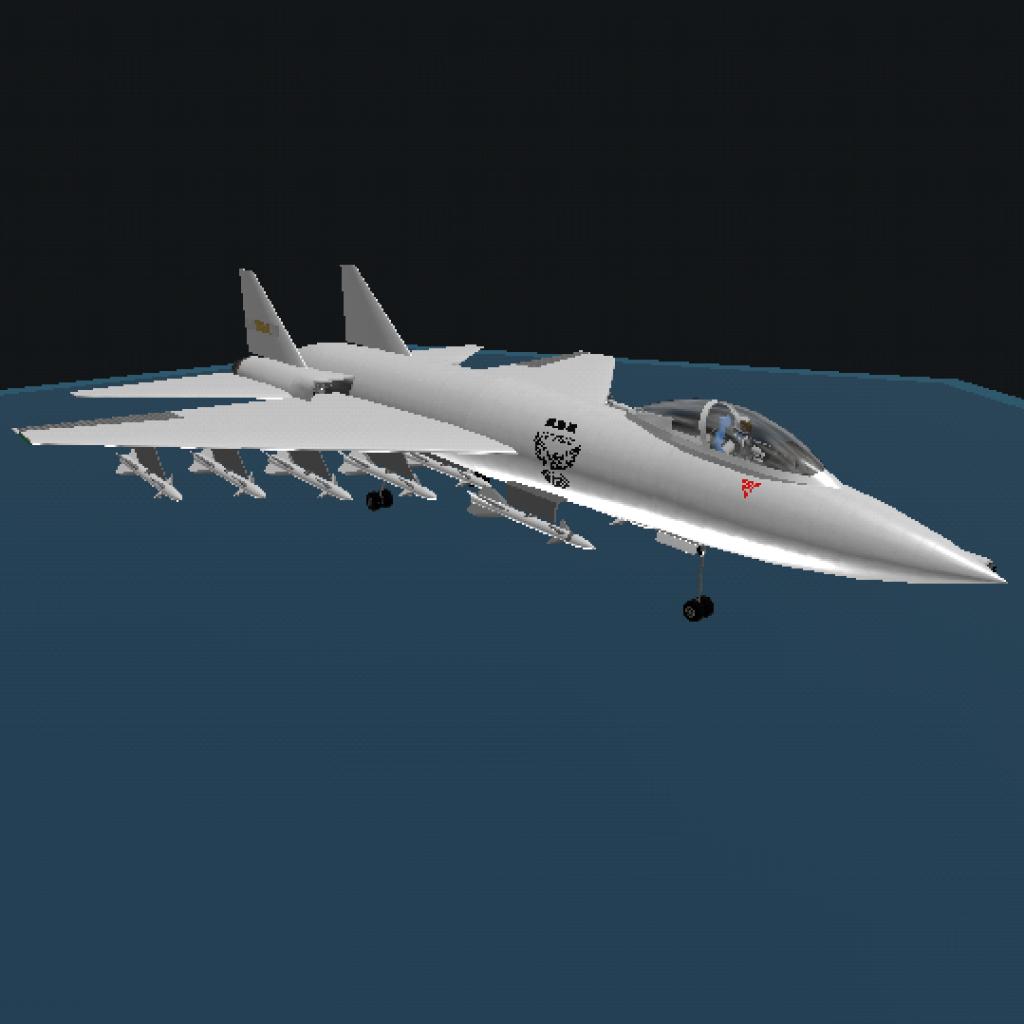
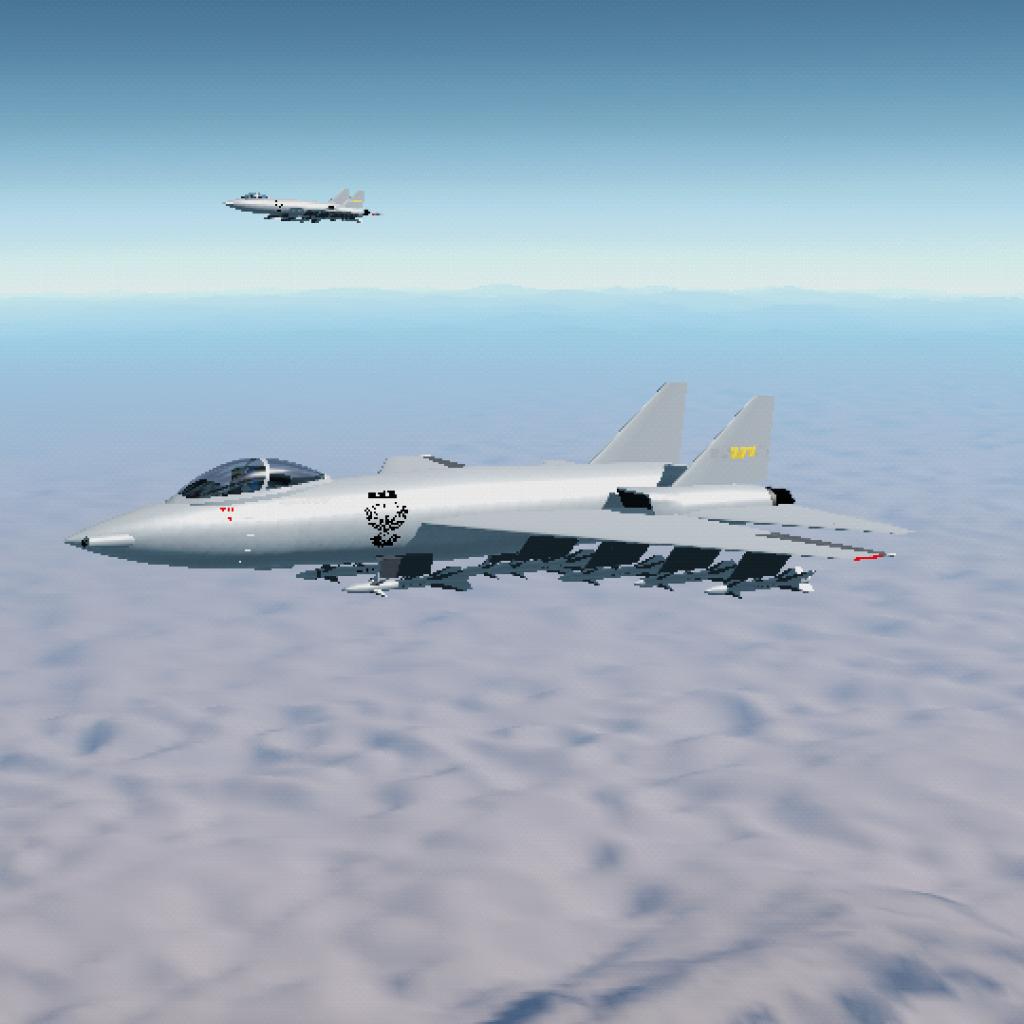
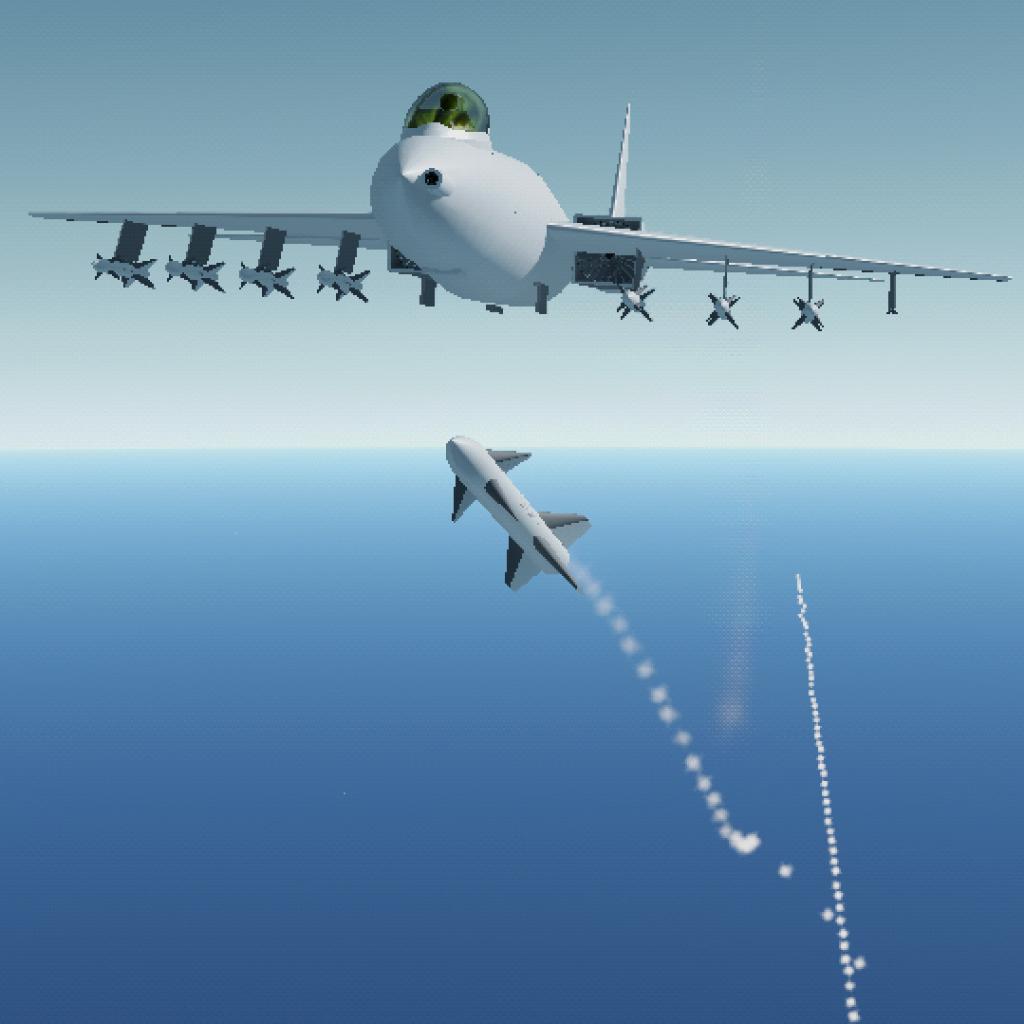
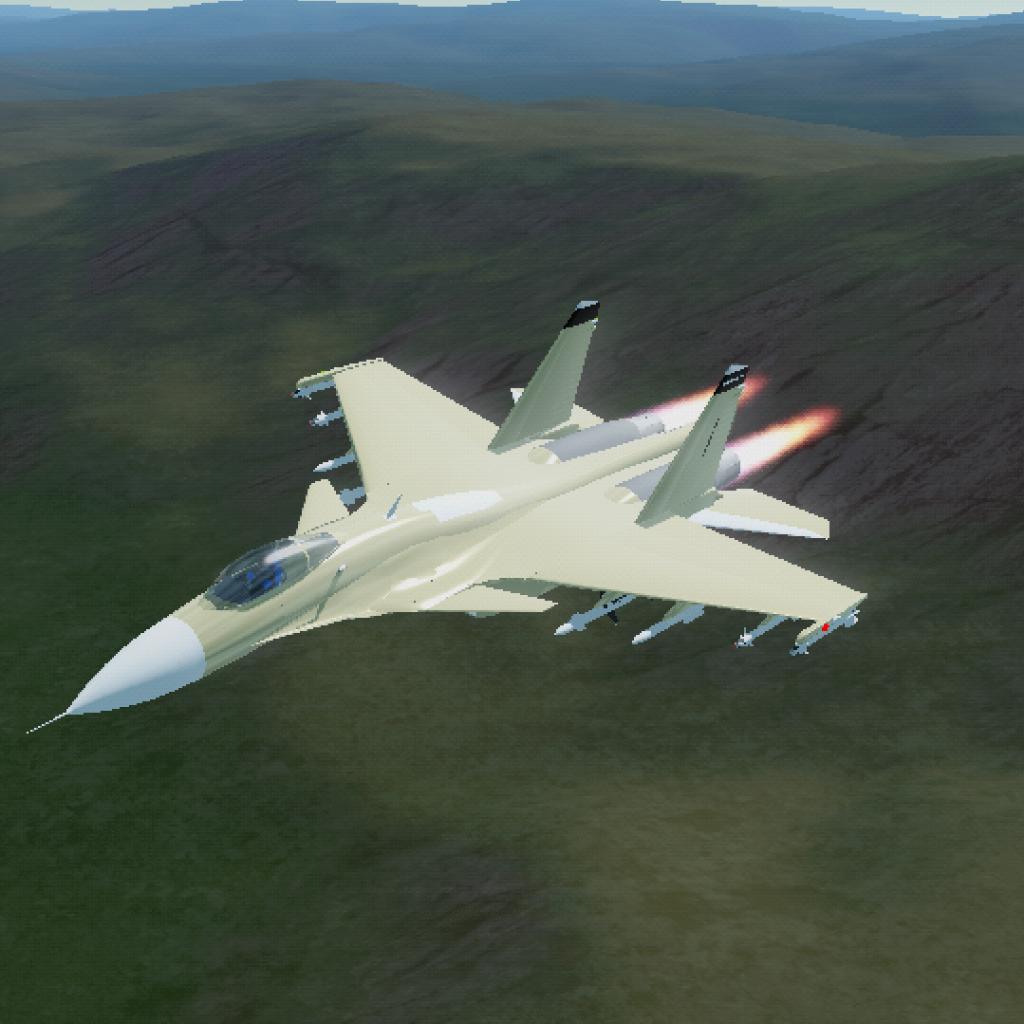
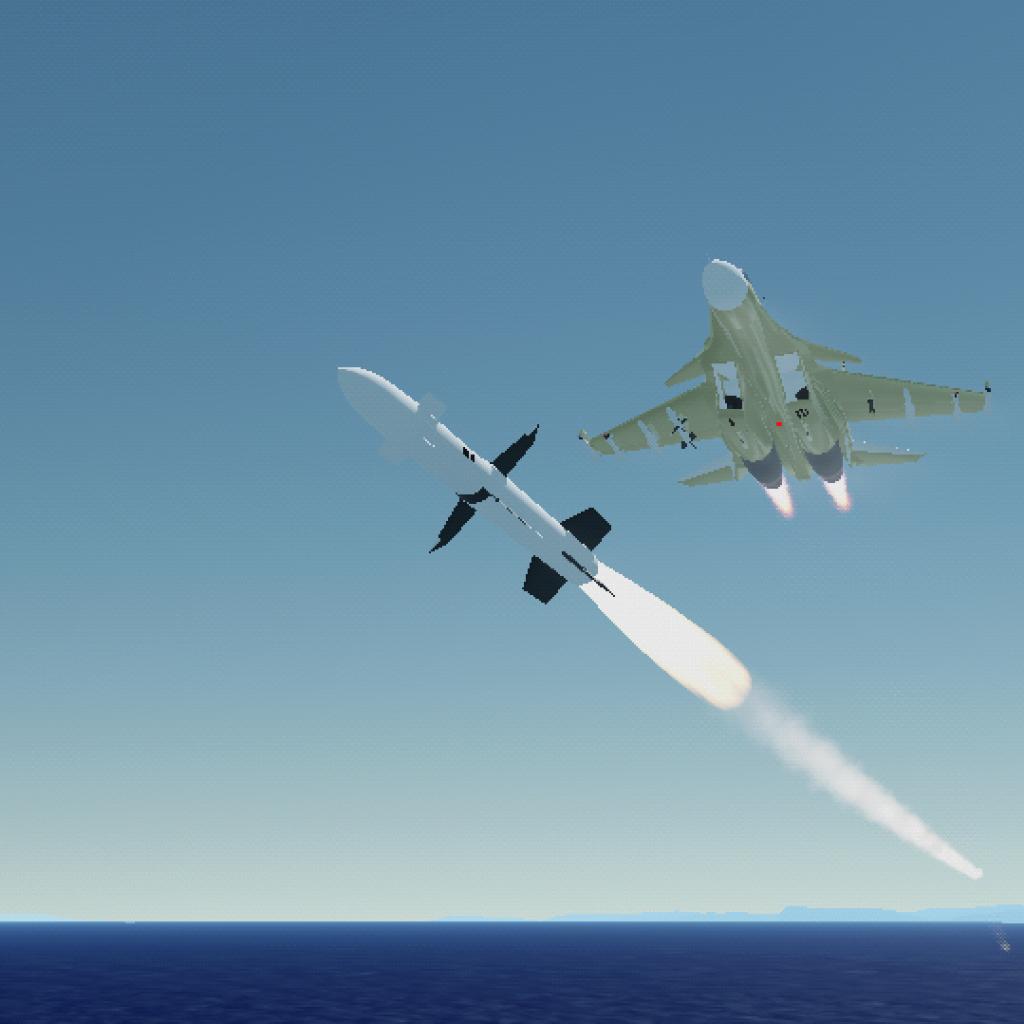
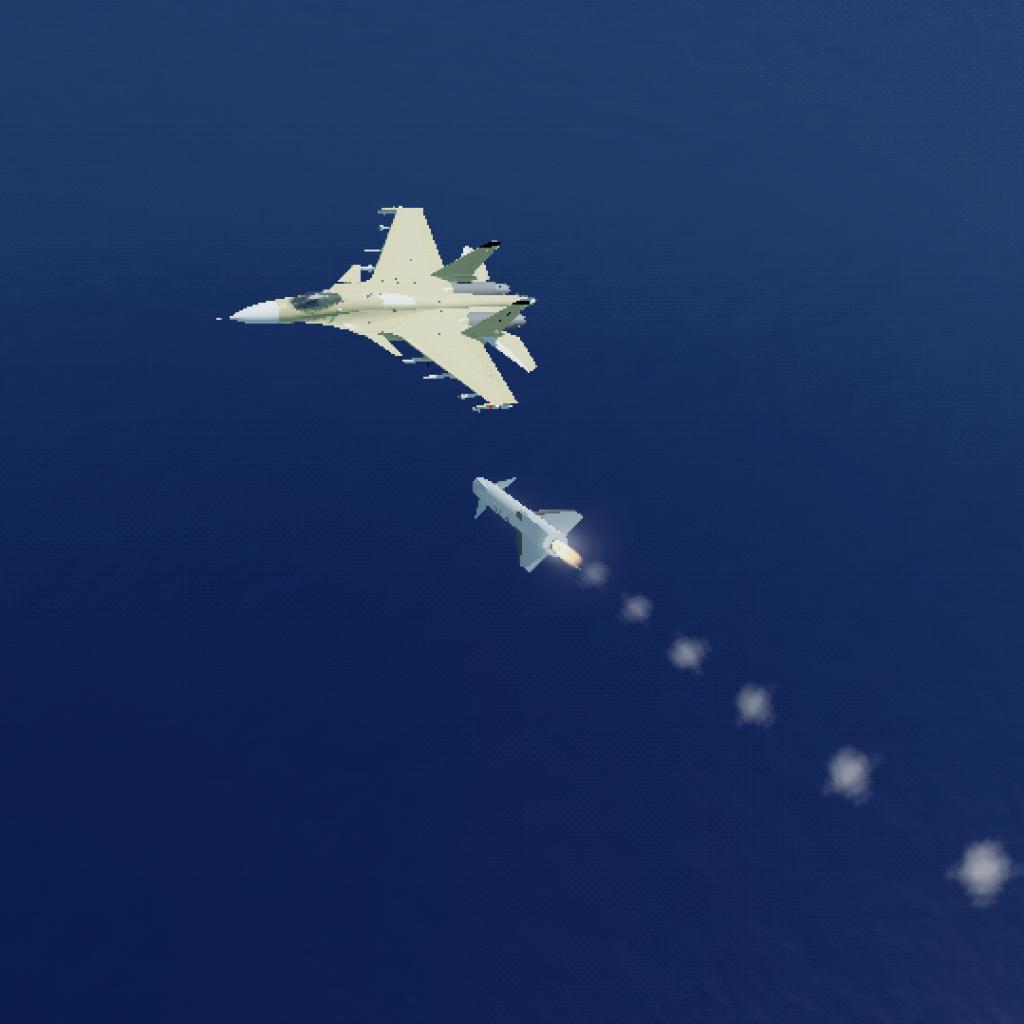


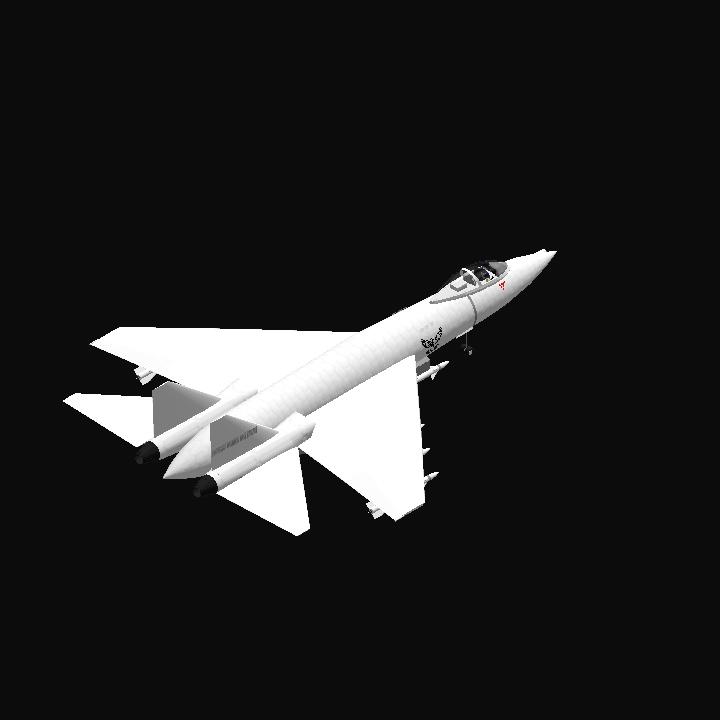
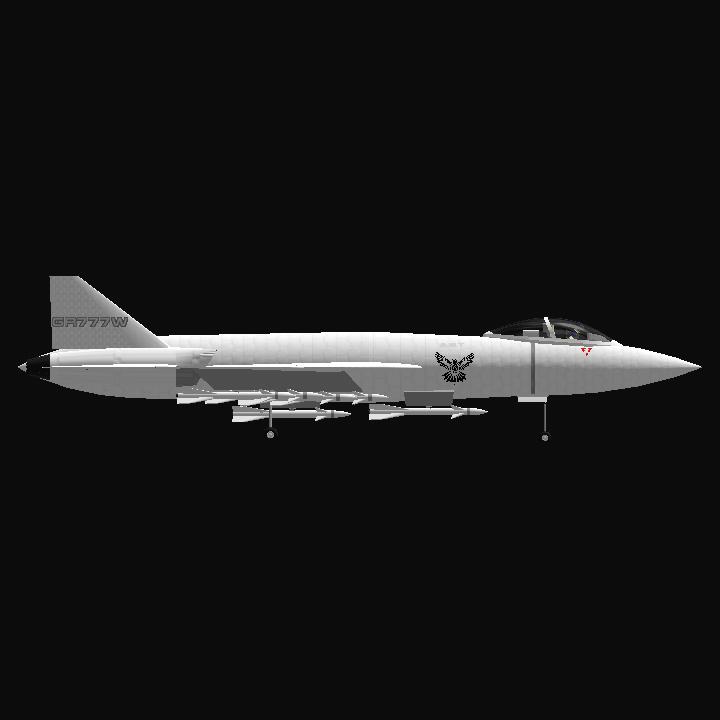
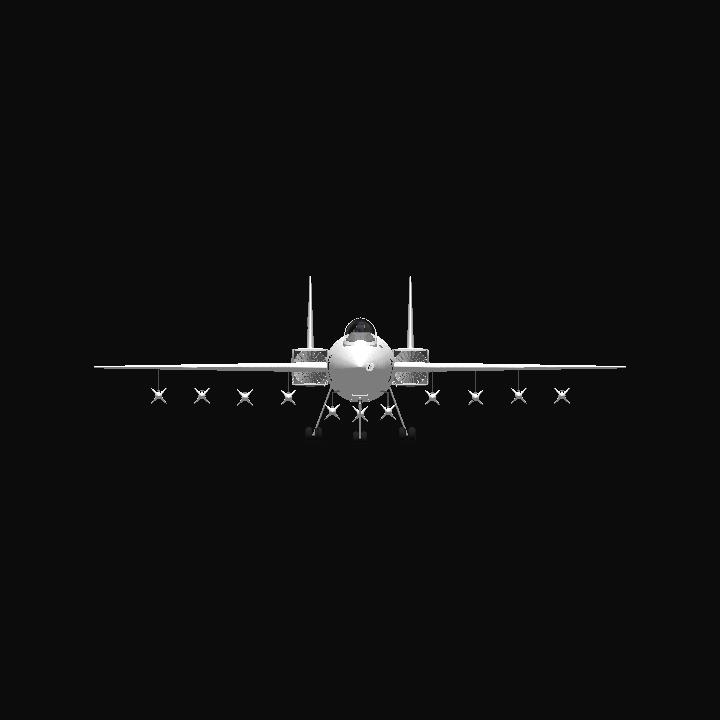
F-4 Fighting Falcon Series has had a massive glow up.